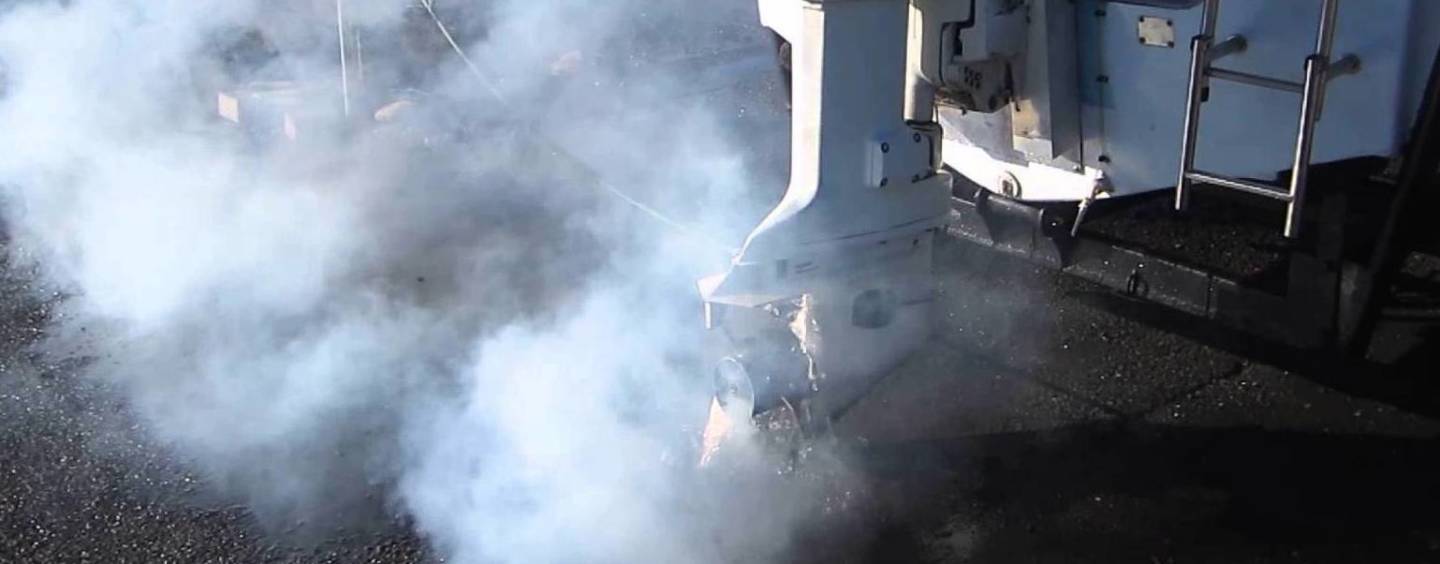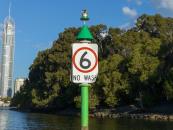After eleven years in the pipeline, the Product Emissions Standards Act was passed in September 2017, and all the Rules and details approved, ready for the start date of 1 July 2018.
Boaties will see the high-emission engines start to dry up in dealerships almost immediately, as importers take final orders before the ban on imports commences in July. Dealers will have a year to clear out stocks, so there might be some bargains to be had leading up to June 2019. (After that, the fines for dealers selling a new carby two-stroke will be in the order of $5,000 – per engine!)
The emissions standards follow closely the USA law which has been in place for twenty years, so do not expect to see a dramatic new product range. All the clean, compliant products are here, and we have been buying them for years.
To clear up some of the misunderstandings we have heard out in the market: This is an emissions standard and the lawmakers do not have anything to say about the technology. It is not a “ban” on two-strokes.
The clean engines that will pass the requirements are the Direct Injection two-strokes (TLDI, Optimax and especially E-TEC), as well as every four stroke. Carby two-strokes just will not make the grade.
When you look at the numbers, the audited USA EPA numbers, it is easy to see why. A carby two-stroke is not just 10 percent or even 30 percent more polluting, but on average push out eleven times the emissions of a compliant engine.
We did some comparisons and unearthed some astounding numbers. Here is one: a famous brand, 15-hp pre-mix two-stroke versus a 150-hp compliant engine (in this case, a Direct Injection). Which one pushes out more pollutants (HC+NOx) per hour? It turns out that the small 15hp pushes out just over double the emissions of the 150hp. Scary stuff!
Apart from that, it is mostly good news.
First, nothing you own now will be “banned”, except on a few freshwater lakes (Lenthalls, Wivenhoe), which have been opened up to clean engines only. There will be a strong second-hand market for used outboards for years to come, and importers are legally obliged to keep spare parts available for a reasonable time.
Some boaties and especially yachties are miffed that the small engine choices are limited to four strokes – which always sound too heavy. An example: this writer urged one reader to take a close look at the current models. He ended up buying a 6hp four-stroke Suzuki. At 26kg, the four-stroke is a kilo or three lighter than the Tohatsu, Mercury and Yamaha 6hp two-stroke outboards.
Even lighter weight electric outboards are going to become a more common sight, especially on small tenders. The convenience of clipping in a rechargeable battery, just like your power drill, will win over many users. I would only consider the purpose-built electric outboards, like Torqeedo, and leave aside the conversions – a petrol outboard leg with the engine replaced by an electric motor. The difference is chalk and cheese.
With fewer models to sell, importers and dealers will enjoy some cost savings. On the other side of the coin, the government will be charging importers a cost recovery levy – a standard policy these days. At 0.5% of import cost, that will add about $10 to a small outboard up to a cap of $200 for the biggest outboard, stern drive, or inboard engine.
The Rules will only cover “spark ignition” engines (petrol, LPG) at this stage. Diesel will probably follow in a few years, but there is no commitment yet.
The Standards cover more than marine engines. Almost all outdoor and garden equipment up to 19kW(25Hp) will have to meet emissions standards tailored to each application. This means that for ground-supported equipment, including mowers and generators, we will only see four-stroke. Yes, the Aussie Victa two-stroke mower is history – the last production run was December 2016.
For handheld machines, like a chainsaw that needs to be operated on all sorts of angles, a four-stroke with its oil sump will never do. The solution is a softer standard for handheld equipment that will see the quality two-stroke chainsaws remain in the shelf, and many of the cheap-and-cheerful machines disappear.
If any of this is vital to you or your business, and you like to learn more please contact the writer gary@blueskyalliance.com.au
By Gary Fooks



























